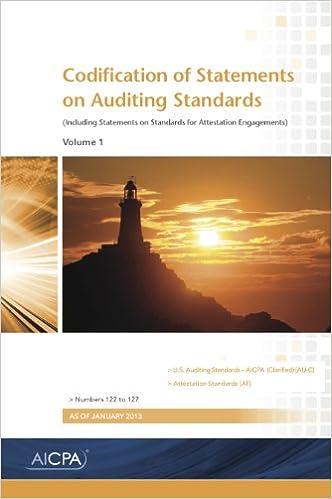Question
Company Accounting Workbook Use accepted accounting principles to follow and record your business transactions for a one-month period from the first step of the accounting
Company Accounting Workbook
Use accepted accounting principles to follow and record your business transactions for a one-month period from the first step of the accounting cycle through the reporting process. You will build on the workbook you created in Milestones One and Two, or you may start over with the blank Company Accounting Workbook Template (linked below in the What to Submit section), incorporating instructor feedback where applicable. After you complete your workbook, you will prepare a summary report of your work.
Your completed accounting workbook will consist of journal entries for each transaction and postings of transactions to account ledgers. You will develop a trial balance from the ledger balances, and use these balances to prepare the income statement, statement of owner's equity, and the balance sheet. After the preparation of the financial statements, closing entries will be entered to transfer earnings to equity and prepare temporary accounts for the new accounting period.
Use the instructions below to complete your workbook. Specifically, you must address the following rubric criteria:
Record Financial Data: Use accepted accounting principles to accurately capture business transactions for the month using the data provided in the accounting data appendix (linked in the Supporting Materials section). You will need to address the following:
Accuracy: Prepare entries that are accurate in that they fully reflect the appropriate information.
Completeness: Prepare entries that are complete for the month, including transferring posted entries to T accounts.
Unadjusted Trial Balance: Prepare the unadjusted trial balance portion of the Trial Balance tab of the company accounting workbook, ensuring that the total debits and credits match.
Financial Statements: Create financial statements using appropriate methods based on accepted accounting principles. Be sure to prepare these financial statements in the order listed, as there are important interdependencies among them. Finalize the process by closing temporary accounts.
Income Statement: Prepare the income statement using the adjusted trial balance.
Statement of Owners Equity: Prepare the statement of owners equity using the adjusted trial balance.
Balance Sheet Assets: Prepare the balance sheet asset entries using the adjusted trial balance.
Balance Sheet Liabilities: Prepare the balance sheet liabilities entries using the adjusted trial balance.
Closing Entries: Complete the Closing Entries tab of the company accounting workbook by closing all temporary income statement amounts to create closing entries.


Step by Step Solution
There are 3 Steps involved in it
Step: 1

Get Instant Access to Expert-Tailored Solutions
See step-by-step solutions with expert insights and AI powered tools for academic success
Step: 2

Step: 3

Ace Your Homework with AI
Get the answers you need in no time with our AI-driven, step-by-step assistance
Get Started


